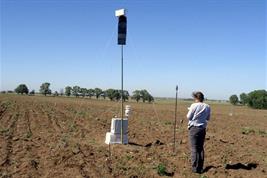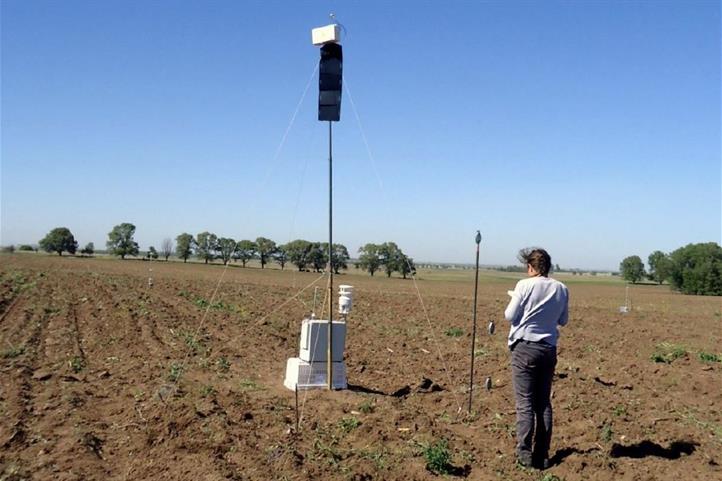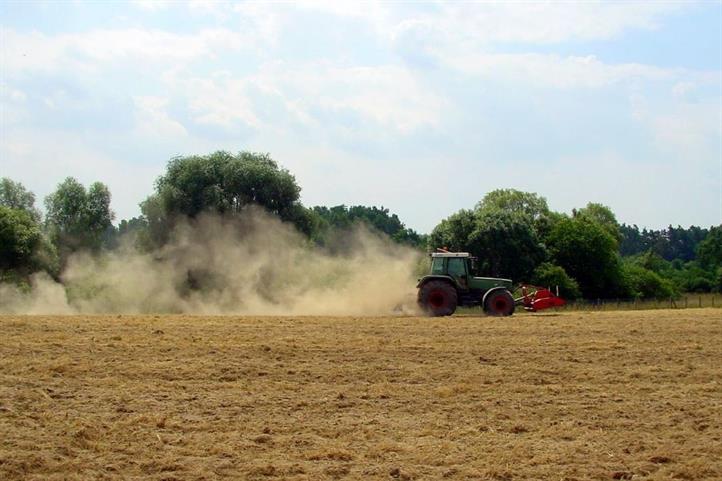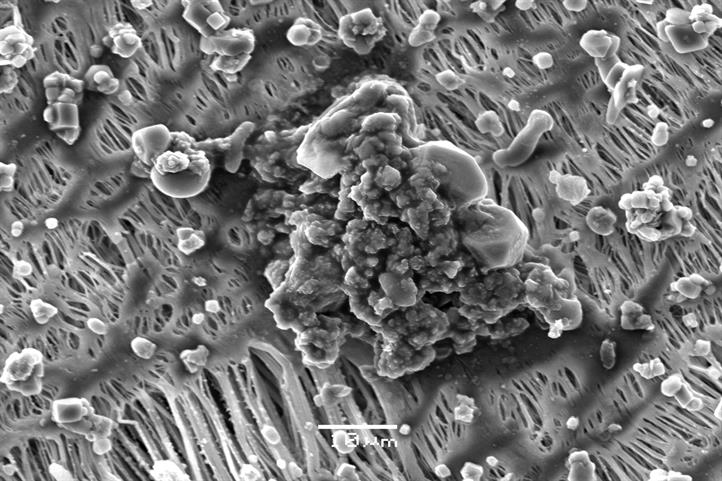Press Release

On 1 March 2017, the Leibniz Centre for Agricultural Landscape Research (ZALF) launched the “SOARiAL” project funded by the Leibniz Association. A research consortium comprising four Leibniz Institutes, as well as the Berlin Free University, will be examining the spread of antibiotic-resistant bacteria in agricultural landscapes over the next three years. Its main focus: the atmospheric transport pathway.
Around 75 percent of the antibiotics administered in Germany are used in animal husbandry. The growth and spread of antibiotic-resistant bacteria is a well-known and central problem of public health care. The transport pathway of these pathogens through the consumption of meat products in the human nutrition cycle is a much researched area. It is still unclear, in what quality and quantity these bacteria can be transferred through the air, also by the application of fertilizer from animal husbandry to agricultural land first in the soil and subsequently through cultivation as well as wind erosion. For the first time, an interdisciplinary team of researchers from the fields of infection biology, soil science, process engineering, atmospheric research and microbiology has now undertaken the task of developing reliable statements about these thus far largely unexplored transport pathways.
In the “SOARiAL” project, animal manure is applied to trial fields in Brandenburg and then subjected to soil management as well as weather conditions. Through genome sequencing of the fertilizer, it should be possible to determine in advance exactly how many antibiotic-resistant pathogenic bacteria will find their way onto agricultural land. Together with the project partners, the soil is then carefully examined: How do the bacteria react in the microbiome of the soil? What influence do wind, rainfall and soil management have on the transport of the bacteria? How can technological processes and procedures be organized to reduce the spread into the atmosphere?
Special field instruments from ZALF will be used this spring: The material blown up into the air will be collected using fine dust measuring devices and sediment traps and analyzed by the project partners for antibiotic resistant pathogens. In the ZALF wind tunnel, these results will then be checked under controlled conditions, and the factors influencing the release of dust determined. Here, ZALF build on its comprehensive competence in the investigation of transport processes in soil erosion, which had in the past been carried out in particular relating to the topics of nutrient and carbon losses.
In particular, the scientists expect reliable statements about the erosion and emission potential of the soil samples: “Ideally we will be able to determine precisely in the course of the project, how many of these bacteria are found in the soil, how they interact with other micro-organisms, and in what quantity they are spread in the air by erosion and agricultural cultivation”, explains
Roger Funk, researcher at the Institute of Soil Landscape Research at ZALF.
An overview of the project partners:
- German Collection of Microorganisms and Cell Cultures (DSMZ) (coordination)
- Leibniz Institute for Tropospheric Research e.V. (TROPOS)
- The Leibniz Institute for Agricultural Engineering and Bioeconomy (ATB)
- Institute for Animal Hygiene and Environmental Health (ITU), FU Berlin
- Leibniz Centre for Agricultural Landscape Research (ZALF)
 Press Release
Press Release
Pictures
For downloading the pictures please click on a picture and use the
 icon.
icon.

Caption: Field instruments for the analysis of wind erosion and dust emissions | Source: © ZALF / Roger Funk

Caption: Wind erosion caused by agricultural cultivation | Source: © ZALF / Roger Funk

Caption: Organic material in dust particles under the scanning electron microscope | Source: © ZALF / Jaqueline Busse
